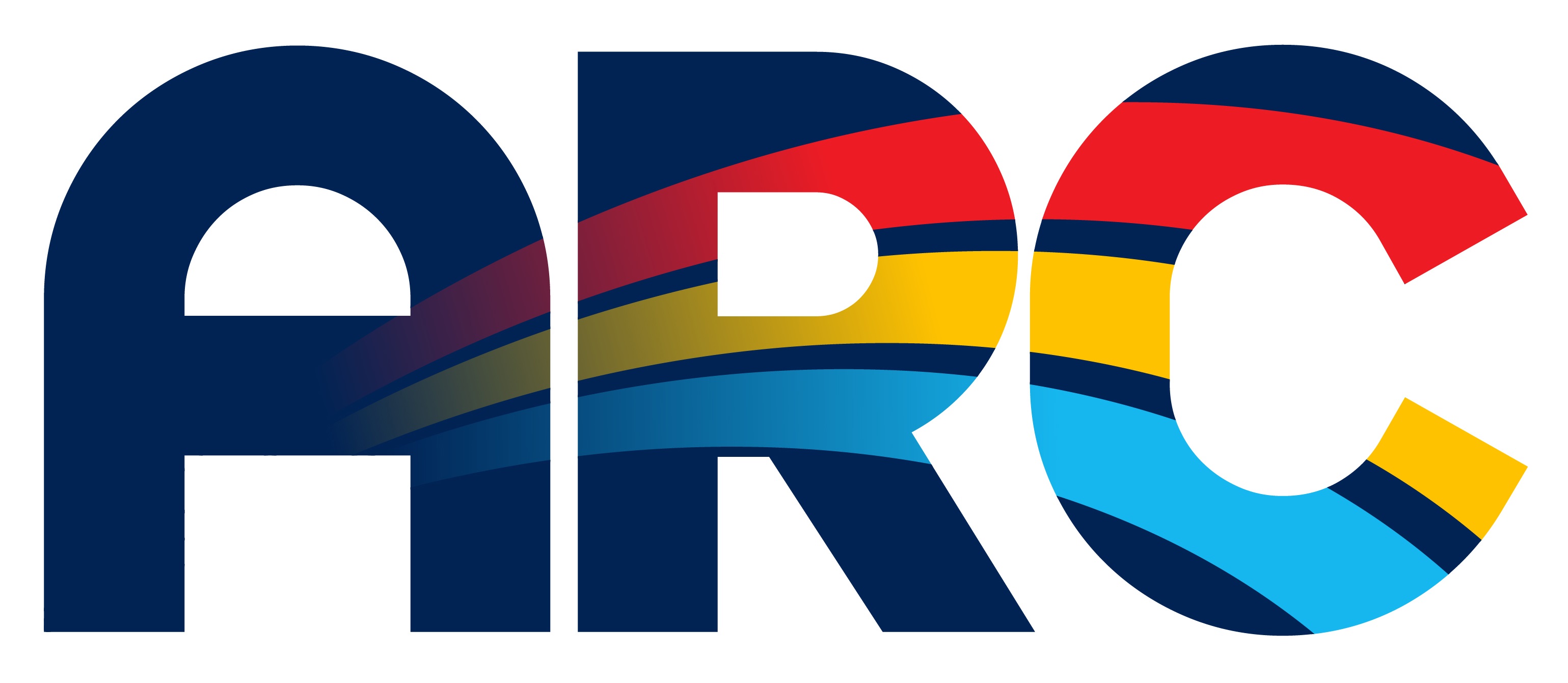A Qualitative Study Using Content Analysis to Identify Best Practices for Membership of Deaf and Hard of Hearing in a Traditional Church
Presenter Status
Communication Graduate Research
Presentation Type
Oral presentation
Session
Anthropology, Communication and Languages
Location
Buller Hall Room 108
Start Date
5-5-2016 11:45 AM
End Date
5-5-2016 12:05 PM
Presentation Abstract
Traditional churches do not adequately include Deaf and Hard-of Hearing into their membership. Deaf and Hard of Hearing associate negative experiences with mainstream Hearing society; the church, along with their biblical view of disability, also replicates some of the negative responses found in mainstream society. In response to this rejection, many D/HH choose to isolate themselves from the mainstream and are sometimes drawn to groups of acceptance such as the Deaf cultural community. The ideal church must integrate all its members and create a community of believers where both Hearing and Deaf/Hard-of-Hearing can fully participate and all sense belonging and acceptance. This study assumed that the church and school were both social institutions and extrapolated best practices from the school to inform best practices for the church to member Deaf and Hard-of-Hearing.
Biographical Sketch
Lavern Ramdatt graduated with an MA Communication degree in the Summer of 2015. She is passionate about deaf people and other people with disabilities. Her goal is finding ways to bridge the gap between people with disabilities and typically developing people.
A Qualitative Study Using Content Analysis to Identify Best Practices for Membership of Deaf and Hard of Hearing in a Traditional Church
Buller Hall Room 108
Traditional churches do not adequately include Deaf and Hard-of Hearing into their membership. Deaf and Hard of Hearing associate negative experiences with mainstream Hearing society; the church, along with their biblical view of disability, also replicates some of the negative responses found in mainstream society. In response to this rejection, many D/HH choose to isolate themselves from the mainstream and are sometimes drawn to groups of acceptance such as the Deaf cultural community. The ideal church must integrate all its members and create a community of believers where both Hearing and Deaf/Hard-of-Hearing can fully participate and all sense belonging and acceptance. This study assumed that the church and school were both social institutions and extrapolated best practices from the school to inform best practices for the church to member Deaf and Hard-of-Hearing.



